Patagonia Wildlife Safari
Highlights
Highlights
- Several species of penguins
- A very likely probability of seeing puma (mountain lion or cougar)
- Many special target species and endemics
- Spectacular and surprisingly diverse scenery, and magnificent Torres del Paine
Map
Map
Overview
Tour Overview
Jump on board as we explore untamed Patagonia, where some of the world’s most picturesque landscapes are filled with abundant marine and terrestrial wildlife. Southern Chile and Argentina offer exceptional close-up viewing of coastal species such as Southern Right Whales and Elephant Seals in the area around Peninsula Valdes, while further south one can find King, Gentoo and Magellanic Penguins in the straights of Tierra del Fuego. As many species of penguins can be found here as one can hope to see on an average Antarctic journey, and even Leopard Seals are a possibility!
Further inland we find the best puma (or mountain lion) viewing on the planet. With the impressive Torres del Paine as towering backdrops we’ll be guaranteed to observe and photograph guanacos, rheas, and condors roaming free in their natural settings, and with some patience we hope to see puma up close.
It’s springtime in Patagonia and all of the breeding birds will be showing their best. These include Austral Parakeet, Chilean Flamingo, Chocolate-vented Tyrant, Flightless Steamer-Duck and perhaps the endangered Magellanic Plover.
The UNESCO-designated Peninsula Valdes is where orcas haul out on the beach to have a go at Elephant Seal pups (a la National Geographic!), however this is a very rare event.
In Argentina we’ll enjoy the food and wine culture that this modern destination offers, while in Chile the quaint atmosphere and friendly locals will further enrich our experience.
Overall this is an enjoyable jaunt through a stark and jaw-dropping landscape full of history, culture and of course, wild animals.
Dates & Prices
DATES & PRICES
What's Included
What's Included
Tour Price Includes
- All accommodation
- All meals and soft drinks
- Flights from Buenos Aires to Trelew and Trelew to Ushuaia
- Ground transportation
- Guides: 4 - 8 participants with 1 guide, 9 - 12 with 2 guides
- All park, conservation and entrance fees
- Gratuities to local guides
Tour Price Does Not Include
- Travel to and from start/end location
- Travel Insurance
- Items of a personal nature
- Alcoholic Beverages
Gallery
Gallery
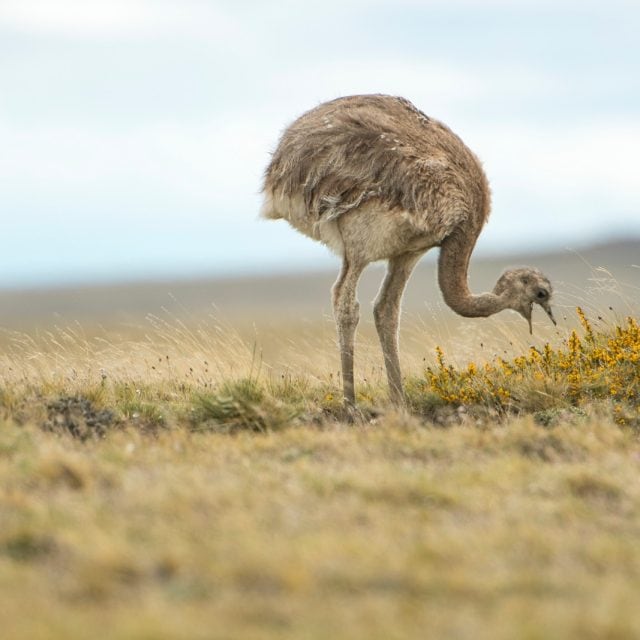
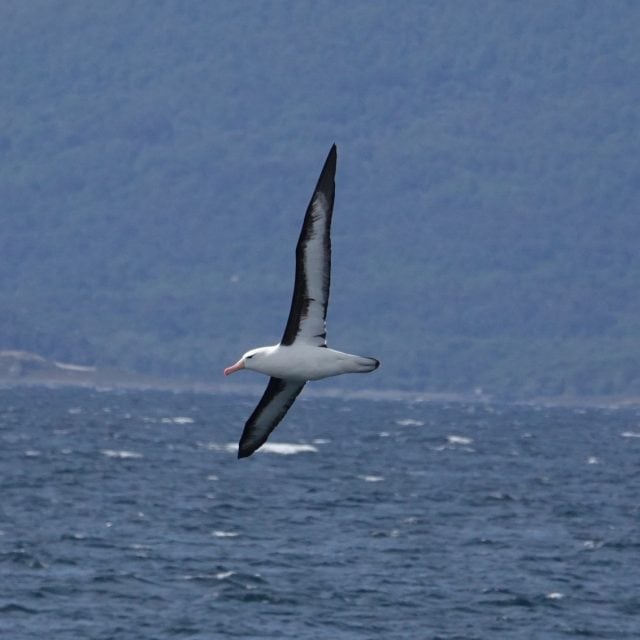
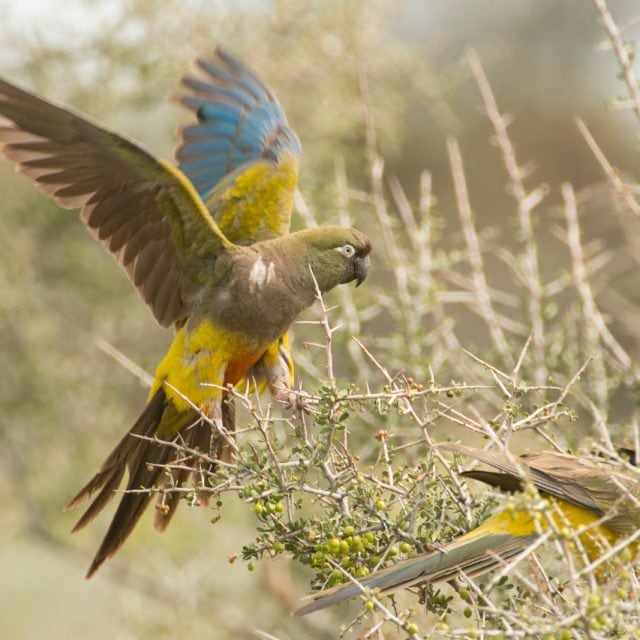
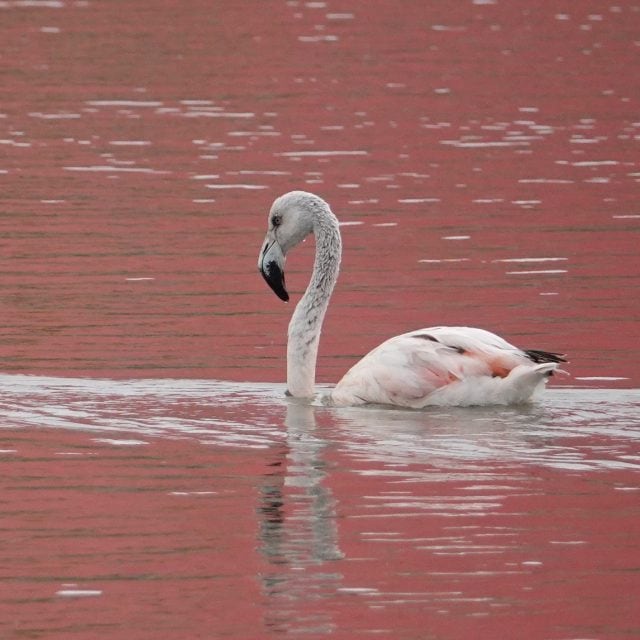


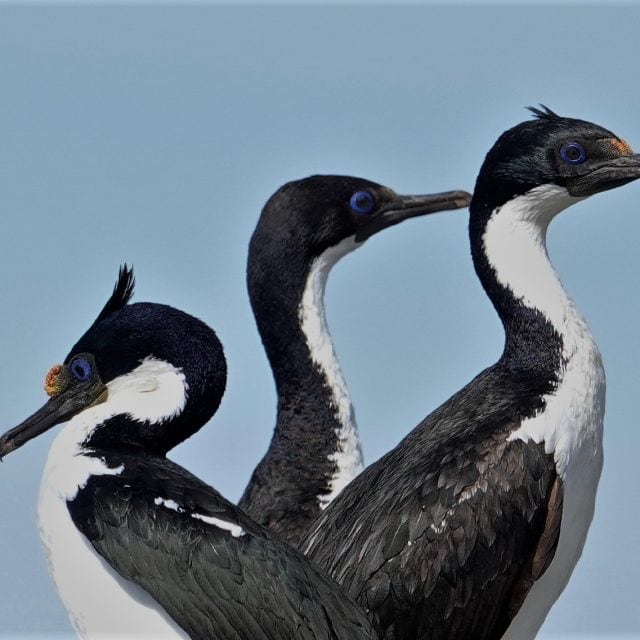



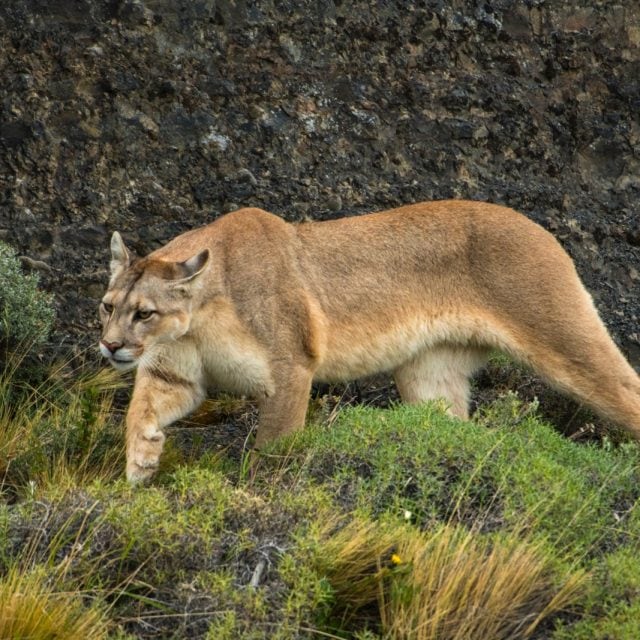
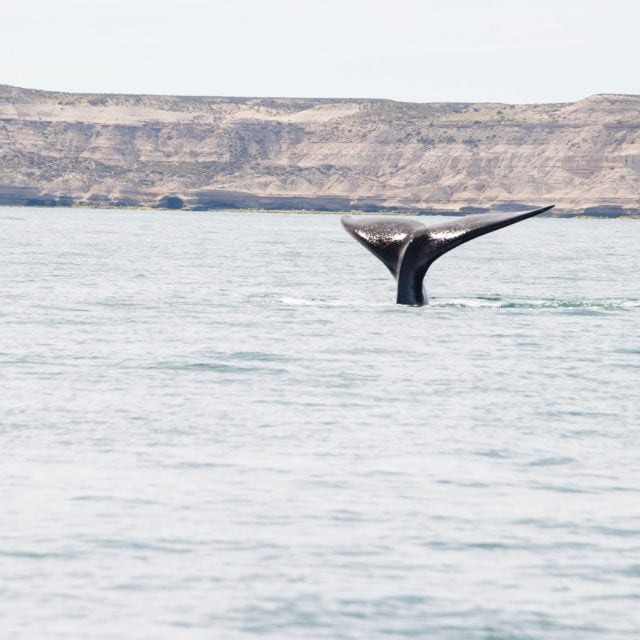

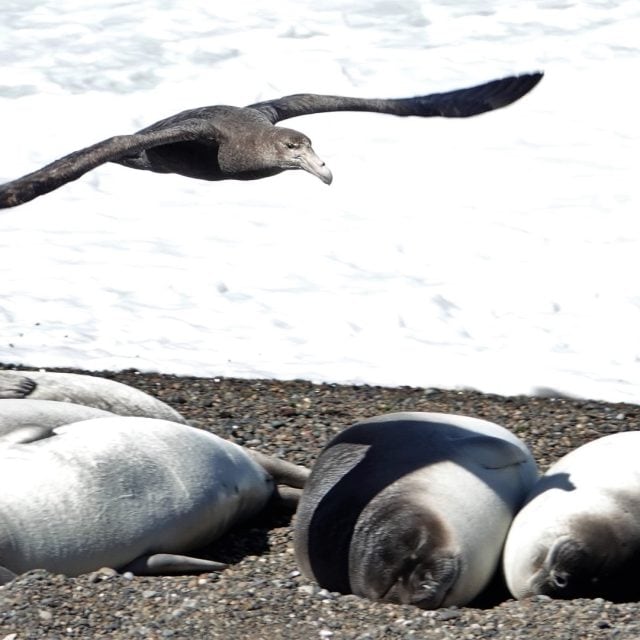



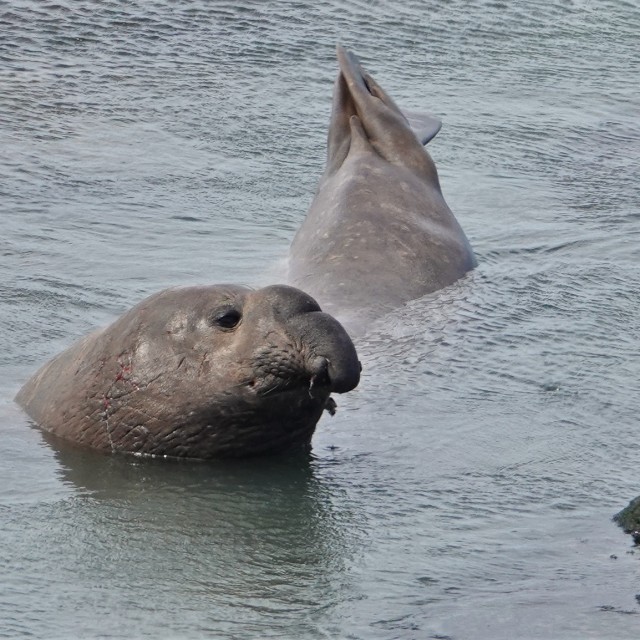


Itinerary
Itinerary
Day 1: Arrival in Buenos Aires, Argentina
Our Patagonia Wildlife Safari tour begins in Buenos Aires. We will meet early afternoon for our first birding excursion to Costanera Sur, a renowned birding destination within the city where we will look for species such as Southern Screamer, Masked Gnatcatcher and Wattled Jacana.
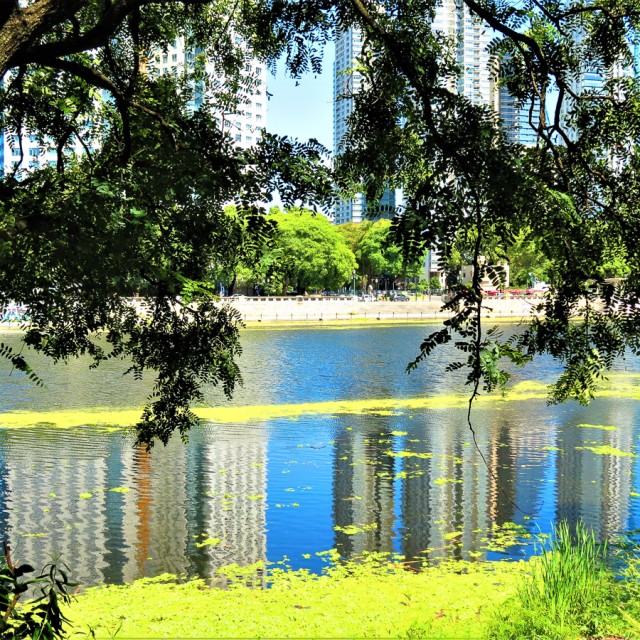
Day 2: Trelew
Depending on the timing of our flight to Trelew, we may return to Costanera Sur for some additional birding before our flight. As the plane lands in Trelew, it is possible to view clouds of pink in a turquoise lake near the airport—these are Chilean Flamingos. Once we land we’ll head for a closer look. Here, we can also see three species of coot, Lake Duck, Red Shoveler, White-tufted Grebe and other wetland birds including migrant shorebirds. The Many-colored Rush-Tyrant is a possibility. We will also explore the coastline and beaches in the area. Night in Trelew.
Days 3 - 4: Peninsula Valdes
We will depart Trelew and make our way to Peninsula Valdes. Amid the seemingly barren shrub-steppe a myriad of bird species can be found such as the endemic Carbonated Sierra-Finch and Patagonian Canastero. Others include Burrowing Parakeet, Chiguango Thrush, Elegant-crested Tinamou, Blue-and-yellow Tanager, Southern Martin and various earthcreepers, monjitas, cachalotes and more.
Southern Elephant Seals lounge on the beaches around the peninsula, while camel-like guanacos, over-friendly armadillos, and the rabbit-like Patagonian mara inhabit the uplands.
Peninsula Valdes is one of the world’s most significant marine sanctuaries and a UNESCO world heritage site. The highlight during this season is the large numbers of Southern Right Whales that appear in the bays of the peninsula. Upwards of 2000 of these cetaceans ply the waters of Gulfo Nuevo. On our second morning here, we’ll embark on a short boat trip to view the whales and their calves up close. During this navigation we’ll also see sheathbills, terns, cormorants, sea lions and other marine life, but the whales steal the show. In fact, they can be so plentiful that the boat moves among individuals simply to encounter different behaviours and backdrops. Two nights in Puerto Pirámides.
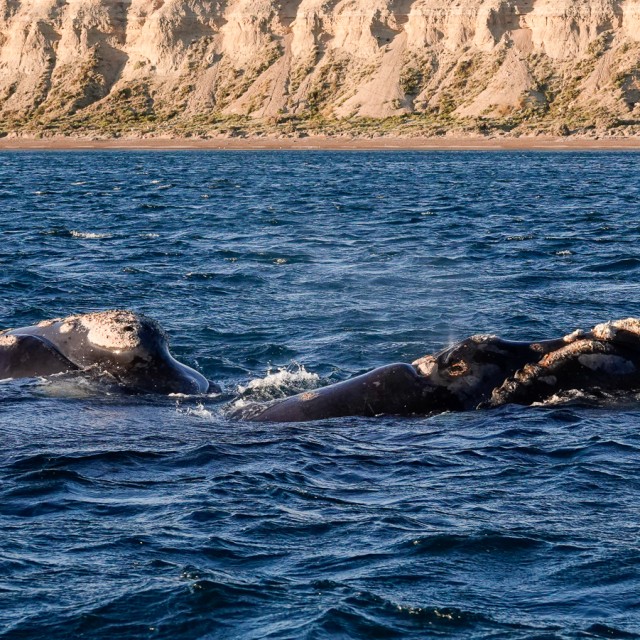
Days 5 – 6: Ushuaia
Today we end our northern Patagonia segment. After some additional morning birding, we will take an afternoon flight to Ushuaia.
Ushuaia is famously (but erroneously) known as the world’s most southerly city, is located on the island of Tierra del Fuego and is the sending-off point for most Antarctic cruises. We won’t have to go that far to see exciting wildlife, as up to three species of penguins can be found regularly within a short distance of town.
One of the days here, we will visit island penguin rookery that features hundreds of Magellanic Penguins and a small number of Gentoos—the only South American colony of this species. King Penguins often hang out here and Leopard Seals have started recolonizing the area. We’ll visit an interesting whale museum.
On other excursions in Ushuaia we’ll seek out a variety of birds such as Dolphin Gull, Flightless Steamer-duck, Magellanic Snipe, Correndera Pipit and Black-browed Albatross. With luck we’ll find an elusive Striated Caracara at the penguin colony, or Blackish Cinclodes on one particular island in the Beagle Channel.
There will be a chance to shop for crafts made by local artisans and sample some more Argentine foods. Two nights in Ushuaia.

Day 7: Ushuaia to Rio Grande
This morning we will traverse a mountainous section of Tierra del Fuego into the flatlands, showing us the vast scale of Patagonia.
Our destination is Rio Grande—the mouth of the largest river on the island and the area where a large percentage of North America's Red Knots and Hudsonian Godwits spend the winter. We’ll time it right for the best tides when we visit a special reserve dedicated to these and other long-distant migrants. Some of the knots even have colour bands and can be followed on the internet! Night in Rio Grande.

Day 8: Onward to Chile
In the morning, we’ll head to a private estancia to look for a rare bird species: Magellanic Plover, a Patagonian endemic in its own family (Pluvianellidae) most closely related to the sheathbills. There’s a chance to find Ruddy-headed Goose, another endemic bird species.
After this, we say goodbye to Argentina and cross into Chile to continue with another highlight: the country’s only King Penguin colony. Hosting around one hundred adults and a few fuzzy adolescents, the site is a great example of a well-managed tourism and conservation initiative, and it always brings smiles. Night in Cerro Sombrero.
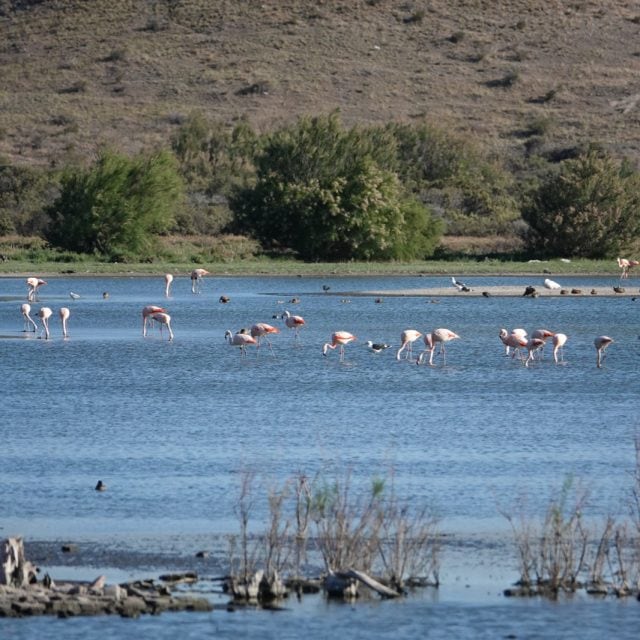
Day 9: Pali Aike National Park
We’ll cross the windy Magellan Straight on a car ferry, staying on the lookout for Commerson’s and Dusky Dolphins, cormorants galore and, often, a diving petrel. The main focus of today’s efforts however, is to venture into the remote Pali Aike National Park where terrestrial wildlife abounds.
This is the guanaco’s domain, where herds roam freely and frequently on the slow-going roads within the park. We’ll literally rub shoulders with dozens of them. Where there are guanacos, there are pumas, and we’ll be on the lookout for these elusive cats. Several caves in the park present interesting archaeological history and we can enter one of them.
On the roads in Pali Aike we should find some nice-looking birds such as Coscoroba Swan, Chocolate-vented Tyrant, White-bridled Finch and Tawny-throated Dotterel. Other mammals may include both South American Gray Fox and Culpeo Fox, and Humboldt’s Hog-nosed Skunk.
After a steady drive we spend the night in Puerto Natales on the shores of the Pacific, our second ocean of the day. Night in Puerto Natales.
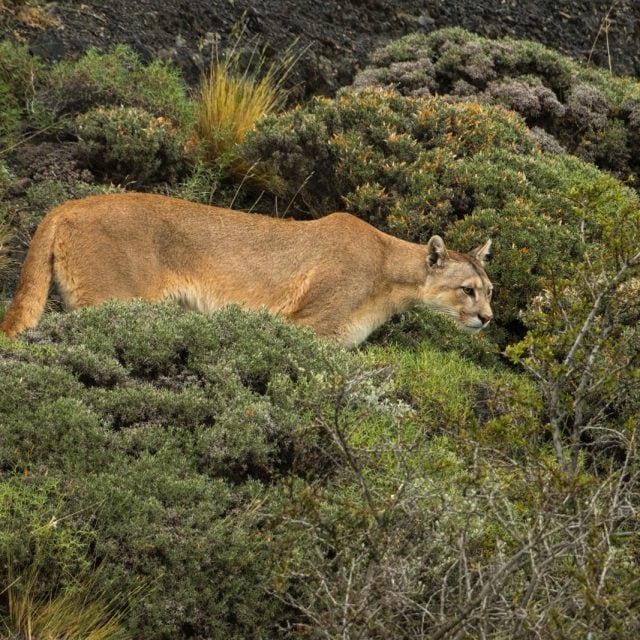
Day 10 - 12: Torres del Paine
A restful morning could involve a walk on the promenade near the hotel to see Black-necked Swans, or to catch up on sleep or photo editing. Next up is the spectacular Torres del Paine National Park. Arguably the single most scenic location in all of South America, this large and wild reserve is a nature lover’s dream and on the landscape photographer’s bucket list.
Based at a cozy lodge, we’ll work hard to track down a puma, or mountain lion. On previous trips we’ve seen up to nine cats in several hours. This is the best place in the world to see them and with luck we’ll find them hunting among the herds of guanacos. Nothing is guaranteed but we have seen point-blank views of pumas eating their prey and heard kittens mewing from a bush.
Other highlights include Andean Condors soaring overhead looking for scraps, and Crested, White-throated and Chimango Caracaras. The ostrich-like Lesser Rhea is another favourite denizen of the pampas as is the Huemul, a deer that is known as one of the rarest mammals in South America, although they hang around the hotel parking lot. Spectacled and Torrent Ducks, Magellanic Woodpecker, Scale-throated Earthcreeper, White-throated Treerunner and Black-chested Buzzard-Eagle are just some of the exciting birds that round up the park’s list. Nights in Torres del Paine.
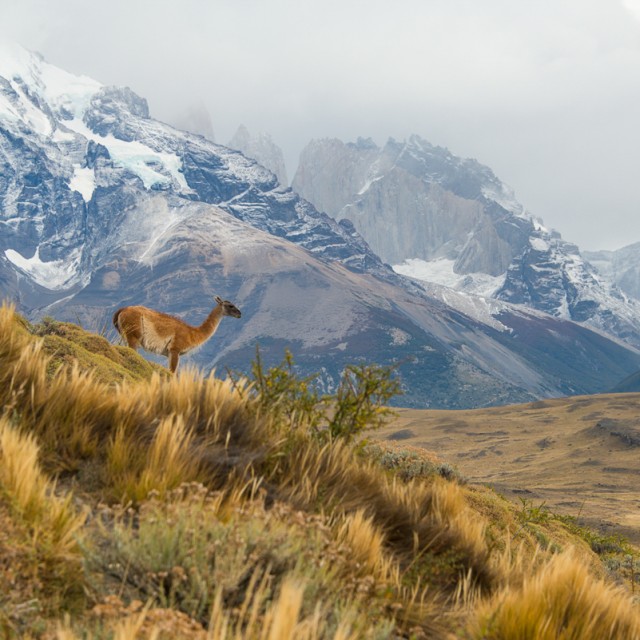
Day 13: Punta Arenas
We return south to Punta Arenas, stopping to visit the Mylodon Cave, a massive cavern where these now-extinct mammals lived over 5,000 years ago. We’ll pull over wherever possible for some more roadside birding to clean up on anything we haven’t seen. Night in Punta Arenas.

Day 14: Departure, Punta Arenas
Our Patagonia wildlife safari tour ends this morning in Punta Arenas. You can depart anytime. There are usually several flights to Santiago where you can connect to flights home.
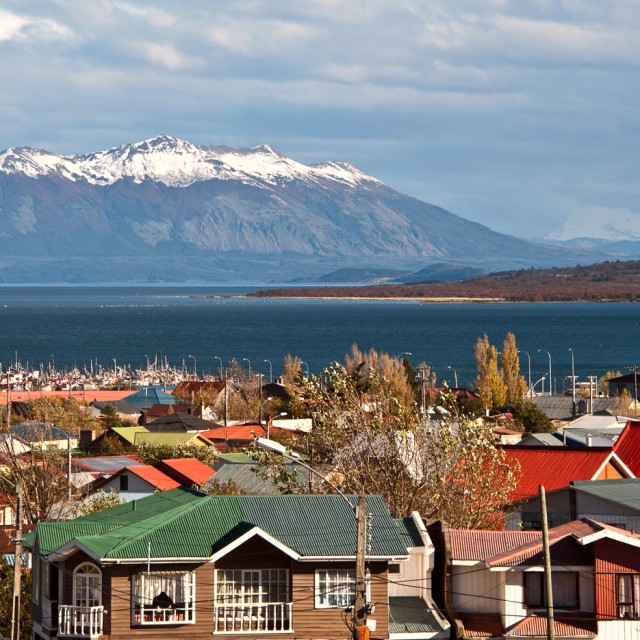
What to Expect
What to Expect
Overview
The Patagonia Wildlife Safari is an adventurous, fast paced tour experience, where we search for a variety of birds and mammals. It is both a birding tour and a wildlife tour. We will spend a lot of time out in the field, and many days driving or flying to a new location. Due to having busy days and some late nights, we will only have a couple of early mornings, apart from when we go looking for Puma’s, which will require an early, pre-dawn start.
Food
We generally have breakfast at the hotel before we head out for the day. We sometimes take a picnic lunch in the field, but will usually stop at a restaurant. Dinner is usually at the lodge or a nearby restaurant, and is usually served quite late, especially in Argentina. Each evening after dinner we compile the day’s checklist, review the day’s activities, birds, mammals and other observations, and plan the next day’s activities.
Accommodation
Accommodations range from standard hotel rooms to rustic lodges, close to our birding locations. Please note that in Chile & Argentina, most ‘twin’ rooms are two single beds, rather than two double beds.
Walking
The tour generally involves a moderate grade of walking. There will be several hikes with hill-climbing and uneven surfaces to walk on. The most difficult walk is at the Martial Glacier, which goes to over 1200m elevation, the highest on the tour. It is 4km (2.5 miles) roundtrip, but has a steady incline throughout and it may be snowy. Other notably harder hikes are the Cañedon Macho hike in Torres del Paine and another in Uruzu, Iguazu, which are also no longer than 3.2km (2 miles) in length but are inclined. There is an option to opt out. In general, we keep all our nature study to a pleasant stroll, maximizing the number of things we see but allowing enough time to properly enjoy them. If we have two leaders we may split into two groups.
Driving
There will be several days with drives of up to 3 hours as we travel to a new location. We will take many rest stops along the way. Most days have a small to moderate amount of driving, going to birding sites. Roads can be rough and windy through the mountains.
Climate
Prepare for all kinds of weather on this trip! During the day it can be warm but unlikely hot. Participants should also be prepared for some cooler days and cold mornings. At higher elevations you can expect cooler temperatures and may need a sweater. Weather is usually fairly pleasant but we can encounter some strong winds and possibly rain while exploring.
Boat Trips
We embark on two separate boat trips that are usually on calm seas. In Peninsula Valdes, we will go on a semi-rigid boat carrying up to 65 passengers or a smaller inflatable boat, depending on the groups preference. The whale watching excursion is 1.5 hours. There are no restrooms on board. On the Beagle Channel, participants who brave the cooler winds on the outer deck are going to see more albatrosses!
Tour Video
Tour Video
Patagonia Wildlife Safari birding and wildlife tour with Eagle-Eye Tours
Watch more tour videos and subscribe to our YouTube Channel
More VideosFeatured Wildlife
Featured Wildlife
While we cannot guarantee sightings of the birds or mammals listed below, we believe that encountering these species is quite likely during this tour.
- Austral Parakeets
- Chilean Flamingoes
- three species of steamer duck
- Magellanic Plover
- King, Gentoo and Magellanic Penguins
- Puma (Mountain Lion)
- Southern Right Whales
- Elephant Seals
Past Tour Checklists
Past Tour Checklists
View the list of birds and other wildlife we encountered on our past tours.
- Patagonia Wildlife Safari species list 2025 (eBird)
- Patagonia Wildlife Safari species list 2024 (eBird)
- Patagonia Wildlife Safari species list 2023 (eBird)
- Patagonia Wildlife Safari species list 2022
- Patagonia Wildlife Safari species list 2019
- See More...
- Patagonia Wildlife Safari species list 2018
- Patagonia Wildlife Safari species list 2017
Trip Reports & Inspiration
Trip Reports & Inspiration
Patagonia Wildlife Safari 2024 Trip Report
Patagonia Wildlife Safari Trip Report Nov 2023
Get to know guide Steve Ogle
Patagonia Wildlife Safari Trip Report 2022
Q & A: Expert guide Paul Prior on the magnificence of Patagonia
Why take a guided birding tour?




